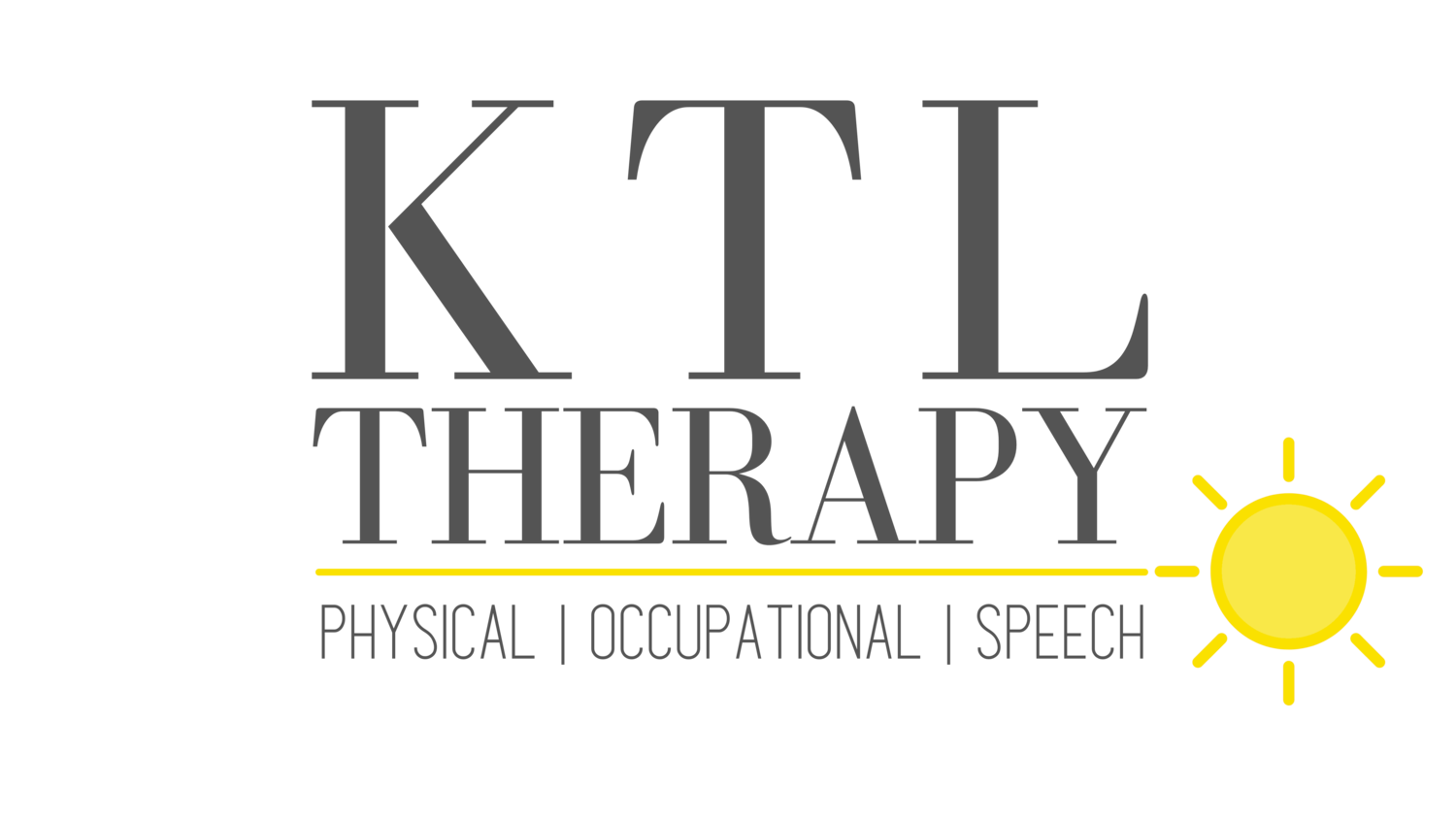Pre-Reading Skills to Help Your Child
5 Levels of Phonological Awareness
1. Rhyming
WHAT is it?
Rhyming is when two words have the same ending sound. Being able to identify and name rhyming words is a common core standard that lays a foundation for pre-reading skills.
HOW to target these skills?
Ask your child, “Do these two words sound the same? Do they have the same ending sound?” (i.e., “Do cat and rat sound the same?”)
Read Sheep in a Jeep by Nancy E. Shaw and identify all of the rhyming words found throughout the story.
2. Alliteration
WHAT is it?
Alliteration is when two words start with the same letter or sound.
HOW to target this skill?
Ask your child, “Do these words begin with the same sound?” (i.e., cat and cow)
Read Princess Prunella & the Purple Peanut by Margaret Atwood and Aryann Kovalski
Read Sharing a Shell by Julia Donaldson
Read Slowly, Slowly Slowly said the Sloth by Eric Carle
3. Word Awareness
WHAT is it?
Word awareness is being able to break a sentence down into smaller units. This is understanding the number of words in a sentence.
HOW to target these skills?
In order to facilitate this skill, use a paint or bingo dot marker while counting out the words in a given sentence .You could use tokens or chips to count out the words in a given sentence.
4. Syllable Awareness
WHAT is it?
Syllable awareness is being able to break a word down into smaller units. This includes counting, blending, and segmenting words into syllables.
HOW to target these skills?
Ask your child, “How many parts do you hear in this word?” (baseball → base-ball→ 2)
Clap it out while you practice. Using multiple modalities to teach will keep them engaged.
5. Phonemic Awareness
WHAT is it?
Phonemic awareness is being able to hear and manipulate phonemes/sounds in words. This requires listening skills.
HOW to target these skills?
Target blending by asking, “Can you blend these sounds together to form a word?” d-o-g → dog
Target segmenting by asking, “Can you break this word apart?” dog → d-o-g
Use games to facilitate these skills through play-based learning (e.g., Bananagrams, Tiles, or Scrabble). Use the letter tiles to create various words.
BONUS: Mapping Skills
We can’t forget about the importance of mapping skills. This is when sounds in words “map” or correspond to letters in the alphabet. It is also important to focus on print awareness to build upon pre-reading skills. You could discuss parts of the book including the spine, cover, author, title, etc. to promote print awareness.
The Takeaway!
Reading is a complex task that requires many underlying skills to build its foundation. Children learn the best when they are engaged and having fun! Learning through interactive and meaningful activities while focusing on these 5+ levels of phonological awareness is a great way to build future reading success.
Have concerns about your child’s pre-reading skills? Did you know that working with a Speech- Language Pathologist can help your child develop robust comprehension skills and language fluency? KTL works with families to develop a custom approach to helping children grow and reach their fullest potential.






